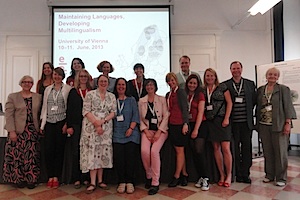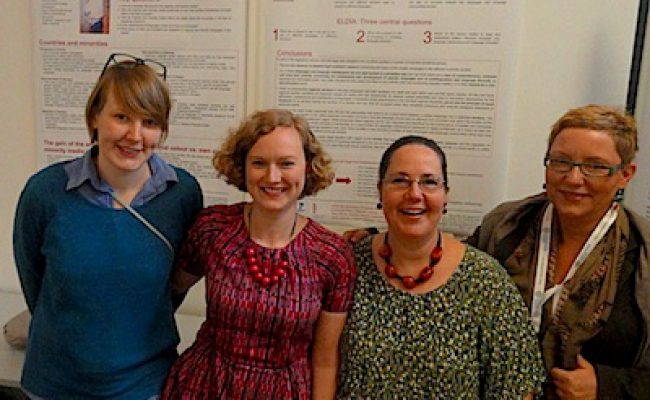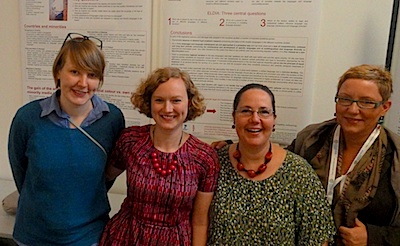Within the project the Peace Institute has led a team of jurists which has analyzed the language policies and overall view exposed by the respective legal frameworks on multilingualism and language diversity. The Peace Institute’s Director and Docent in International Law, Sia Spiliopoulou Åkermark has also held the responsibility to coordinate the work on the final report, which offers an analysis of the overall project results. The project has resulted in comprehensive empirical data about the languages studies as well as a toolbox which constitutes a useful framework for analyzing language vitality, the European Vitality Barometer or in short EuLaViBar. The barometer takes account of the opportunities, the capacity, the desire as well as the languages products evident in the areas of education, media and legislation and thereby provides an indication of how vital a respective language is and where action is required to (re)vitalize a language.
The Institute for Finno-Ugric Languages at the University of Vienna has hosted the project’s closing conference on 10 and 11 June. For the first time the research results for all the 14 language communities investigates as well as the respective EuLaViBar scores were presented. The conference was however, more than an ELDIA internal presentation of results. ELDIA has contributed considerably to research on minority languages, from a sociolinguistics and well a law perspective and has attracted the interest of many researchers worldwide. The three keynote speakers, Prof. Ruth Wodak, Prof. François Grin and Michel Strubell as well as a number of young researchers who presented their own studies under the conference title “Maintaining Languages, Developing Multilingualism”, were given occasion to discuss the ELDIA research as well as general trends with regard to minority language and multilingualism in a globalised world.
Researchers observe that very little attention is paid to multilingualism and that minority languages are rarely considered an asset for societal language diversity. The legal research shows that language rights remain tightly knot to a certain territory and that the increased mobility in Europe and relocation to urban centers has thus far not led to a revision of the so-called territoriality principle. Regional variation within countries can also be observed with different language rights regimes and policies applying to different language communities. Questions of language use are often approached from a non-discrimination approach while public support for the development of minority languages remains limited. In some countries there is a tendency to limit language use even in the private sphere and the borderline between the public and the private spheres is becoming increasingly blurred to the detriment of minority languages. Although multilingualism and language diversity are often described as goals on the European and national level, these abstract declarations become rarely part of legislation or concrete policies; instead minority languages are often part of discourses considered as problematic. The empirical research shows that the weak public support for minority languages during many decades has led to the fact that minority languages are used less actively and that revitalization strategies are needed in order to make a multilingual life possible for the speakers of minority languages.
The research results of the ELDIA project have been published on ELDIA’s webpage as working papers, newsletters and policy briefs addressed to central stakeholders such as minority language speakers and politicians (these can be downloaded for free here). The ELDIA results will also be presented in Brussels on 28 June in a dialogue workshop to which, among others, representatives of the language communities investigated and of European Union institutions are invited. The project has been financed within the framework of the European Commission’s 7th Framework Programme for Research.





